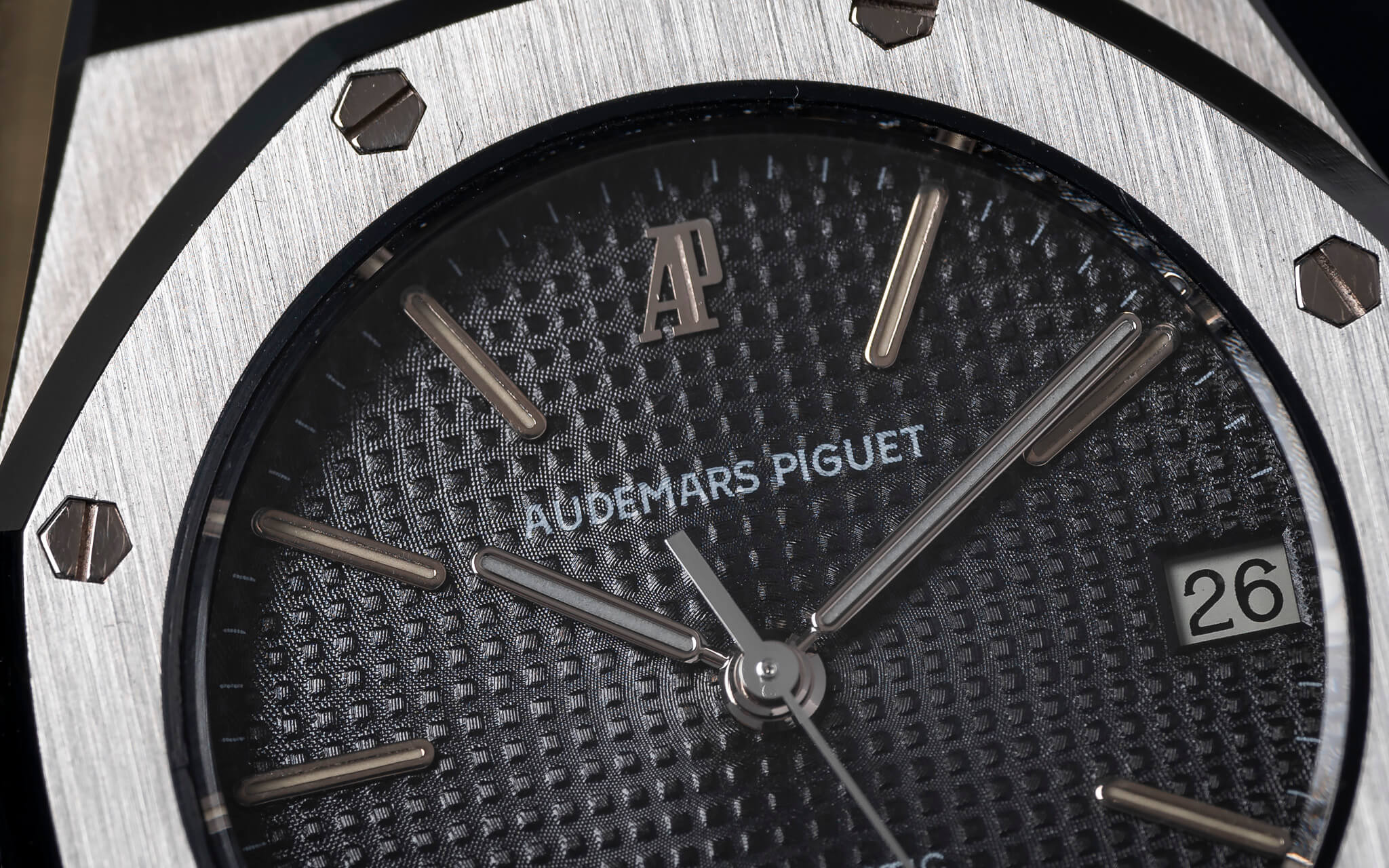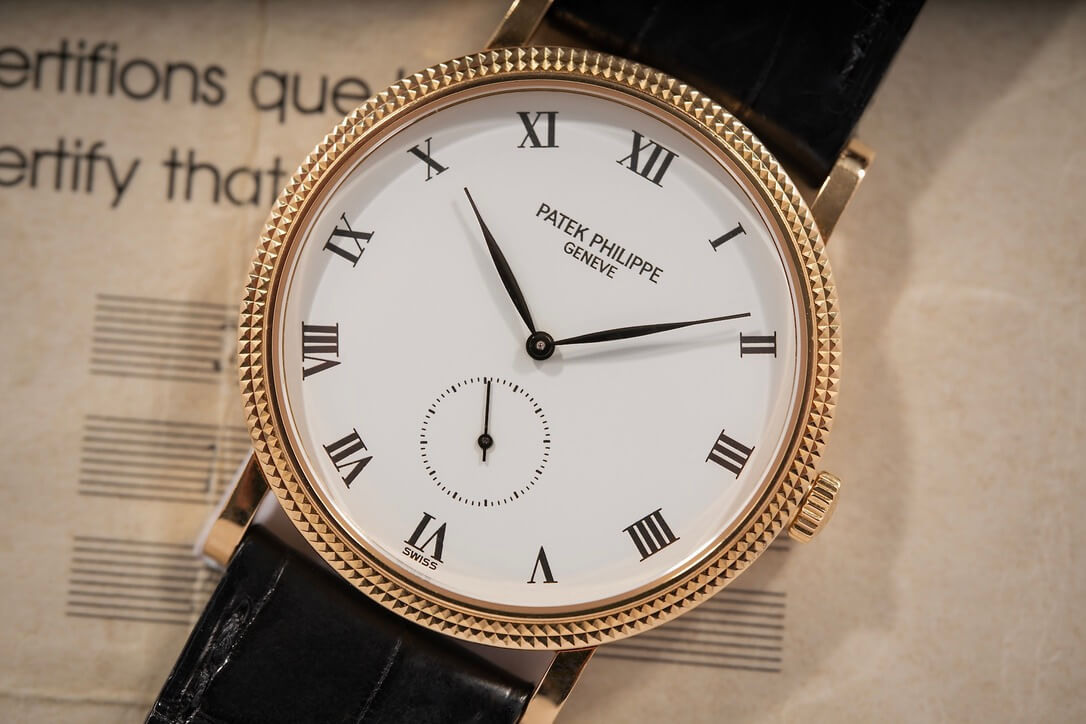The Magic Of ‘Clous de Paris’ & ‘Tapisserie’

Most things always sound better in French. Something about that language can even make the most common thing sounds exotic and elegant. An excellent example is ‘Clous de Paris,’ which, translated in English, means ‘Nails of Paris’ although most people call it a ‘hobnail pattern’ in that language. This old decoration technique consists of rows with tiny pyramids. Because of this shape, there is a tremendous play of light, as some reflect the beams while others are in the shade. This adds more depth to the object decorated with it.

The ‘Tapisserie’ decoration on the Royal Oak is a close related sibling of the ‘Clous de Paris’
In watchmaking, many of these decoration techniques that originate from jewelry making have been adopted over the years, yet few had such staying power as ‘Clous de Paris.’ In fact, it still plays a leading role in one of the most memorable watches ever created; the Audemars Piguet Royal Oak. In a stroke of brilliance, the ‘Clous de Paris’ pattern was modified, maintaining its symmetrical character but cutting off the pyramid shape, creating the ‘Tapisserie’ decoration that found its place on the dial. There the rows of cubes gave the watch a bold look, with its play of light a bit more understated compared to its pyramid-shaped sibling, underscoring the unorthodox and technical look of the stainless steel used to craft the watch from. It has since become one of the hallmark features of the Royal Oak, just as recognizable as its octagonal bezel and integrated bracelet.

Two rows of ‘Clous de Paris’ make all the difference
Patek Philippe is another brand that embraced the ‘Clous de Paris’ pattern, for example, for its very important Calatrava Ref.3919. This watch can be seen as the embodiment of the classic dress watch. With its lacquered leaf-shaped hands, thin Roman numerals, and sub-seconds against a backdrop of white enamel, it oozes style and class. But how nice this all may be, it is the bezel with two rows of ‘Clous de Paris’ that add the generous dash of character that turned this watch into a milestone in the history of Patek Philippe. It also shows the power of this decoration technique, as two rows are not a lot, yet enough to light up the entire design and take it to the next level.